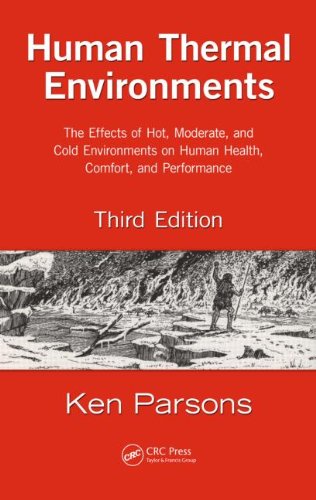

Most ebook files are in PDF format, so you can easily read them using various software such as Foxit Reader or directly on the Google Chrome browser.
Some ebook files are released by publishers in other formats such as .awz, .mobi, .epub, .fb2, etc. You may need to install specific software to read these formats on mobile/PC, such as Calibre.
Please read the tutorial at this link. https://ebooknice.com/page/post?id=faq
We offer FREE conversion to the popular formats you request; however, this may take some time. Therefore, right after payment, please email us, and we will try to provide the service as quickly as possible.
For some exceptional file formats or broken links (if any), please refrain from opening any disputes. Instead, email us first, and we will try to assist within a maximum of 6 hours.
EbookNice Team

Status:
Available5.0
25 reviewsIn the ten years since the publication of the second edition of Human Thermal Environments: The Effects of Hot, Moderate, and Cold Environments on Human Health, Comfort, and Performance, Third Edition, the world has embraced electronic communications, making international collaboration almost instantaneous and global. However, there is still a need for a compilation of up-to-date information and best practices. Reflecting current changes in theory and applications, this third edition of a bestseller continues to be the standard text for the design of environments for humans to live and work safely, comfortably, and effectively, and for the design of materials that help people cope with their environments.
See What’s New in the Third Edition:
The book covers hot, moderate, and cold environments, and defines them in terms of six basic parameters: air temperature, radiant temperature, humidity, air velocity, clothing worn, and the person’s activity. It focuses on the principles and practice of human response, which incorporates psychology, physiology, and environmental physics with applied ergonomics. The text then discusses water requirements, computer modeling, computer-aided design, and current standards. A systematic treatment of thermal environments and how they affect humans in real-world applications, the book links the health and engineering aspects of the built environment. It provides you with updated tools, techniques, and methods for the design of products and environments that achieve thermal comfort.